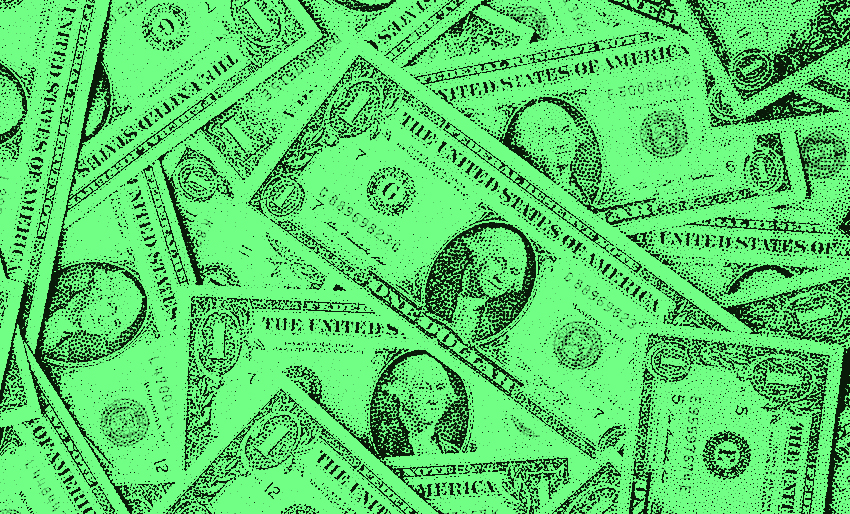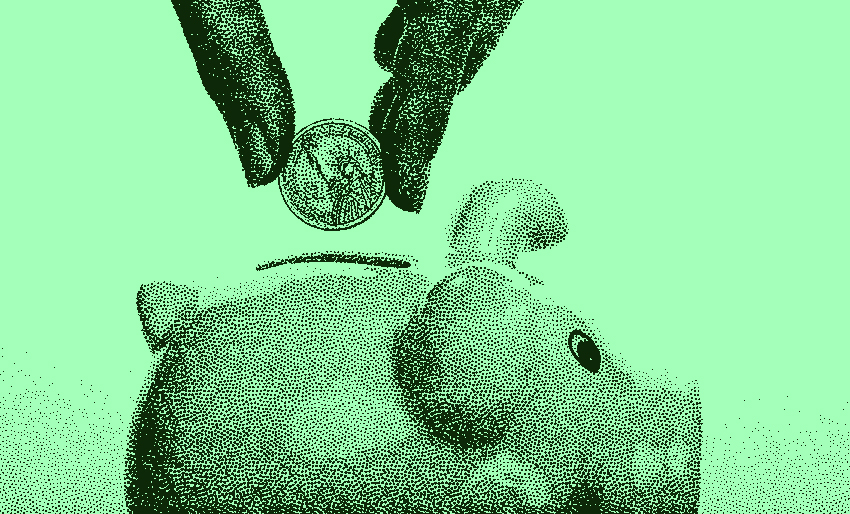Inflation, the Federal Reserve, and the stock market
Dan Nastou, CFA
So far 2022 has proven to be a wild year for financial markets…and it’s only September.
Currently, the S&P 500 is down about 18% since the start of the year. And that’s even after a sizable rebound this summer – at its lowest point in June, the S&P was down roughly 25%.
The Dow Jones has fared a little better, down about 14% year-to-date, while the tech-heavy Nasdaq has fared worse, down nearly 26%. Bonds have also struggled broadly and real estate is starting to show signs of potential weakness.
All of this begs the obvious question, what’s causing all this volatility?
While we never know exactly what’s driving markets at any given time, the main focus this year has been inflation and the Federal Reserve’s response – raising interest rates.
So let’s dig into what this means and why it matters for your investments.
The return of inflation
As you’re probably well aware, inflation is the worst it’s been in a long time. In fact, it’s the worst inflation the US has experienced in forty years when it was rampant in the 70s and early 80s.
The latest Consumer Price Index (CPI) release showed an annual increase of 8.5% for July 2022. And that’s on top of a 5.4% jump in July 2021. Which means prices have risen by nearly 15% since just two years ago. At this rate, it doesn’t take long for inflation to take a huge bite out of your real wealth. And obviously that’s a big problem.
While there’s plenty of debate as to what’s really causing it – War in Ukraine driving up energy and food costs, China supply chain bottlenecks from lockdowns, or the trillions of COVID stimulus dollars – it’s likely due to a combination of factors.
But what really matters for this discussion is the Federal Reserve’s response, monetary tightening. Specifically we’re talking about raising interest rates and quantitative tightening (QT). So let’s first take a half step back and talk about the Fed and its role in the economy.
The Fed and the money supply
Big picture, the Federal Reserve, or Fed for short, is tasked with two things;
1. Price stability (keeping inflation under control)
2. Maintaining maximum employment in the economy
In practice, the Fed does this by adjusting short-term interest rates and the money supply.
The theory goes roughly like this.
The economy grows over time, but it naturally goes through cycles of boom-bust, meaning periods of faster growth and periodic slowdowns. During those slowdowns, if unemployment gets too high, the Fed will be inclined to lower short-term interest rates to encourage lending, which in turn increases the money supply and spending, hopefully spurring economic growth.
Then things go well for a while as the economy hums along and unemployment falls.
But eventually, the economy can start to overheat beyond its natural capacity – too much growth is not always a good thing. Competition can pick up for goods and services, and if not met with additional supply, prices for those goods and services will likely rise (inflation).
So the Fed pumps the breaks and tightens, raising interest rates to cool inflation, ideally without causing unemployment to rise too much.
In the best of times it’s a delicate balance and can be tough to get just right.
But during the pandemic, with the threat of a global economic collapse looming, the Fed took unprecedented easing efforts, dropping interest rates to zero and buying trillions of dollars worth of bonds (quantitative easing). Whether the Fed eased “too much” is a hot topic in the finance world these days, but I’ll leave that one for now.
Key Takeaway: When the economy is sluggish or slowing, the Fed tends to “ease”, meaning they lower short-term interest rates to stimulate growth. Then when the economy heats up and inflation is on the rise, the Fed typically “tightens” by raising rates.
The time for tightening is here
Now, we are in the second half of the cycle I just described – inflation is running hot and the Fed is in tightening mode. At their last two meetings (June and July), the Fed increased the federal funds rate by 0.75% each time, to a current target rate of 2.25% – 2.5%. And they’ve indicated more hikes are likely this year. A target rate over 3% is expected.
Additionally, the Fed has started quantitative tightening – reducing their bond holdings, the bonds they previously purchased during the pandemic easing.
The hope is that by raising rates and conducting QT, inflation will subside in the coming months/quarters. If it doesn’t, the Fed will likely need to get more aggressive with tightening.
Interest rates and asset valuations
But the link between inflation and the Fed is just part of the story. Interest rates also impact how financial assets are valued – assets like stocks, bonds and real estate.
There are a number of ways investors can value a financial asset. But at some level, any investment comes down to paying a certain amount of money today for the expectation of receiving cash flows in the future. And your return will depend on how much you pay relative to those future cash flows. For any given set of future cash flows, the less you pay now, the higher your return.
And when interest rates are rising, investors tend to want a higher return on their investments (because their alternatives become more attractive). Which means they have to pay less today for those future cash flows. In other words, asset prices have to fall.
This is what we’ve seen so far this year. As I mentioned, financial asset valuations are well off their highs of last year. And notably, the highest flying growth investments of recent years have been hit the hardest. That’s because the farther out into the future those expected cash flows are, the more sensitive today’s valuation is to rising interest rates.
And if all that wasn’t bad enough, rising inflation can also challenge the operations of businesses, leading to rising costs and potentially lower profits. That can also lead to falling stock prices.
Long story short, the market has been dealing with several headwinds recently.
So what does this mean for us investors?
The market is inherently unpredictable over the short term, and it’s virtually impossible to time the bottom. But there are some important takeaways for dealing with this volatility.
1. Building meaningful wealth requires a long-term mindset
This point really can’t be stressed enough. Investing is about building wealth over years and decades. But the market doesn’t rise in a straight line, and downturns are an inevitable part of the process. In fact, one reason we get paid well to hold stocks over the long run is exactly because we’re willing to accept this risk. So you need to think long-term with your investments and allow them time to grow and compound without panicking in the short term. Patience is an asset.
2. Yes, there could be more pain ahead
Not to be too much of a downer, but it’s important to be real here. The largest corrections of the past few decades; 2000 (S&P fell close to 50%), 2008 (S&P fell close to 60%), and 2020 (S&P fell more than 30%) were still significantly worse than what we’ve experienced so far. And although the 2020 crash rebounded within months, that was on the back of major stimulus dollars. So don’t assume that will happen here as the Fed continues to tighten. The point here isn’t to be paranoid, but to be prepared for the possibility of more near-term downside.
2. Market downturns create opportunities for investors
While it’s painful to see your investments fall in value, a down market can be a good thing if you have years of earning/saving/investing ahead of you. That’s because your future 401k and IRA contributions will be made at more attractive valuations. And that should translate to higher returns in the future. When the market gets ahead of itself, it’s really just borrowing from future gains. So a correction can help set the stage for higher future gains.
4. Diversification still matters
After every downturn, the market has always come back, eventually. But that’s just for the market as a whole. Some individual stocks may never return to their highs. Which is why it’s important to hold a diversified portfolio covering a range of investments and not just jump into the trendiest stocks of the day. Broadly diversified index funds are a good option.
Stick with your plan and don’t get discouraged
Bottom line, market corrections are the painful part of investing, and they test our resolve like nothing else. If you’ve found you simply can’t tolerate the market volatility of recent months, then you may need to reevaluate your portfolio or financial plan.
But as painful as they are, corrections are also necessary for a healthy market. And once the dust settles, every downturn eventually helps build the foundation for the next leg forward. So be patient, and stick to a sensible long-term plan. If you do, the gains will eventually follow.
As always, this is education, not financial advice. Talk to your financial professional if you need help or are thinking about making changes to your investments.



